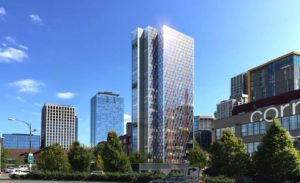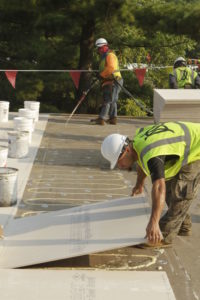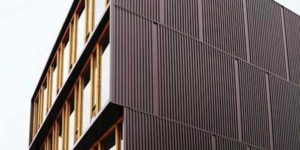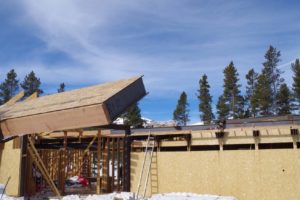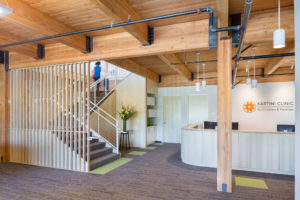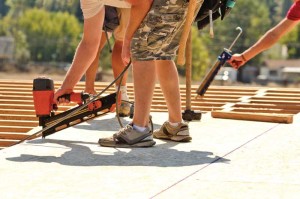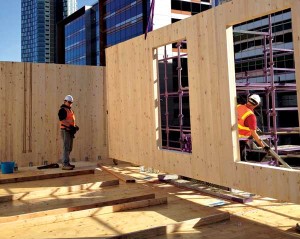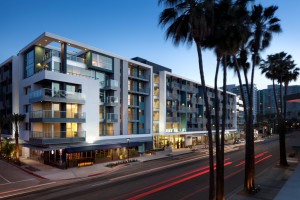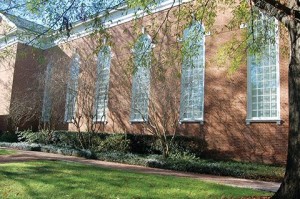There is considerable fervor on the use of mass timber in tall buildings. Much has been written and investigated about this methodology, but its application in the tall building arena is relatively unclear.
+ Read More
|
When designing a roofing assembly, many factors need to be considered. Performance attributes, product quality, aesthetics, price, and quantity must all be carefully examined. One key product often overlooked during this process is the cover board.
+ Read More
|
Modern-day technologies and product delivery methods have created a bold new opportunity for wood products, which in turn has given rise to a new category of structural framing systems using mass timber.
+ Read More
|
As monolithic wall units with continuous insulation and fewer gaps to seal than stick-built framing, structural insulated panels (SIPs) are airtight and effective at stopping airborne ambient noise. However, the panels themselves are less effective at blocking low-frequency sounds.
+ Read More
|
Specification writers must now consider more performance criteria than ever before. As the list of new products continues to grow, design professionals must determine how to reach more stringent targets for indoor environmental quality and energy consumption.
+ Read More
|
Designing large buildings with wood offers distinct design options typically not found in other structural materials, along with advantages in economics, energy efficiency, and other sustainability factors.
+ Read More
|
Engineered wood products are specified for a wide range of light-frame floor assemblies in light commercial and multi-family construction. I-joists, glued-laminated timber (glulam), rim board, laminated veneer lumber (LVL), laminated strand lumber (LSL), and oriented strand lumber (OSL) are popular due to their availability, precision, strength, and consistent quality.
+ Read More
|
Solid timber construction, sometimes called ‘mass timber,’ is an emerging set of engineered wood products—massive planar or frame elements used for walls, floors, roofs, partitions, and core elements of a building.
+ Read More
|
As multi-family developers and design teams strive to increase urban density in a way that is affordable, wood framing continues to appear as a popular material choice.
+ Read More
|
When it comes to historic preservation projects, architects and installers can find themselves at a loss. Wood is the most traditional material, but also notoriously unstable. It has a tendency to warp and becomes vulnerable to rot, decay, and insects.
+ Read More
|
|
|


